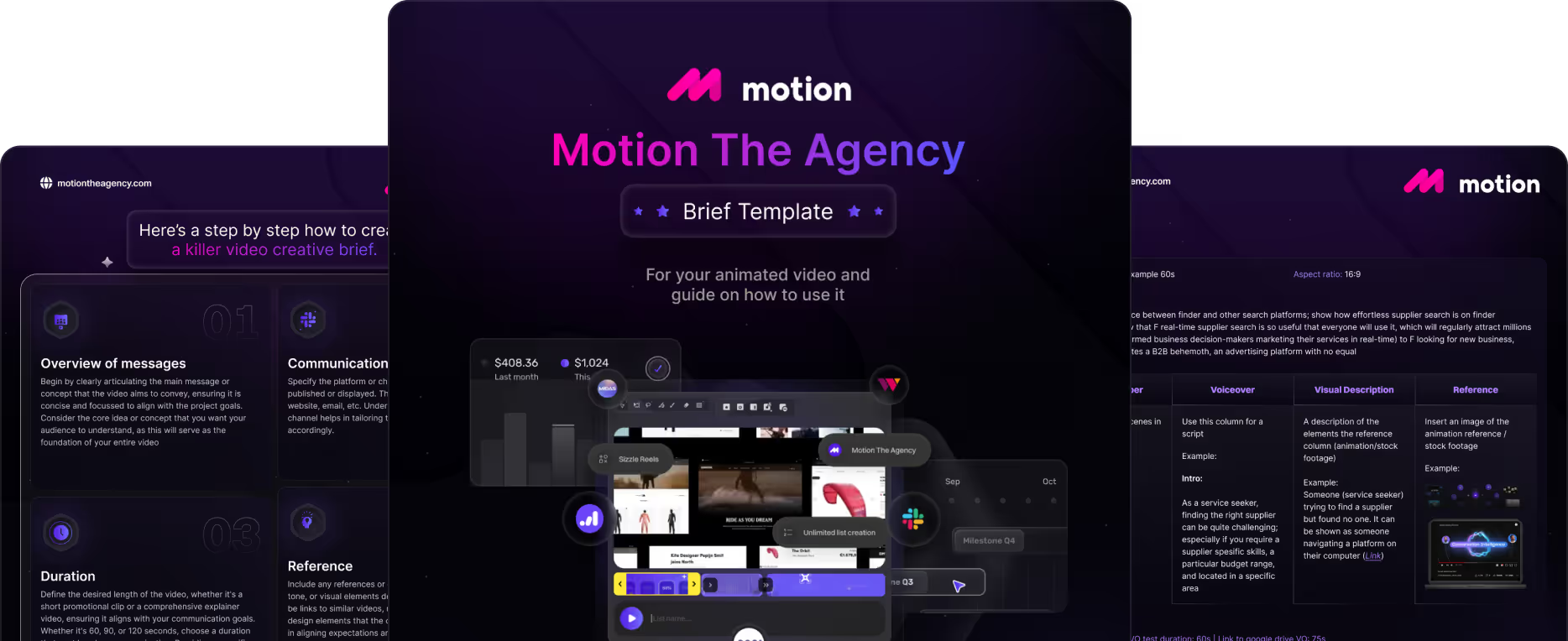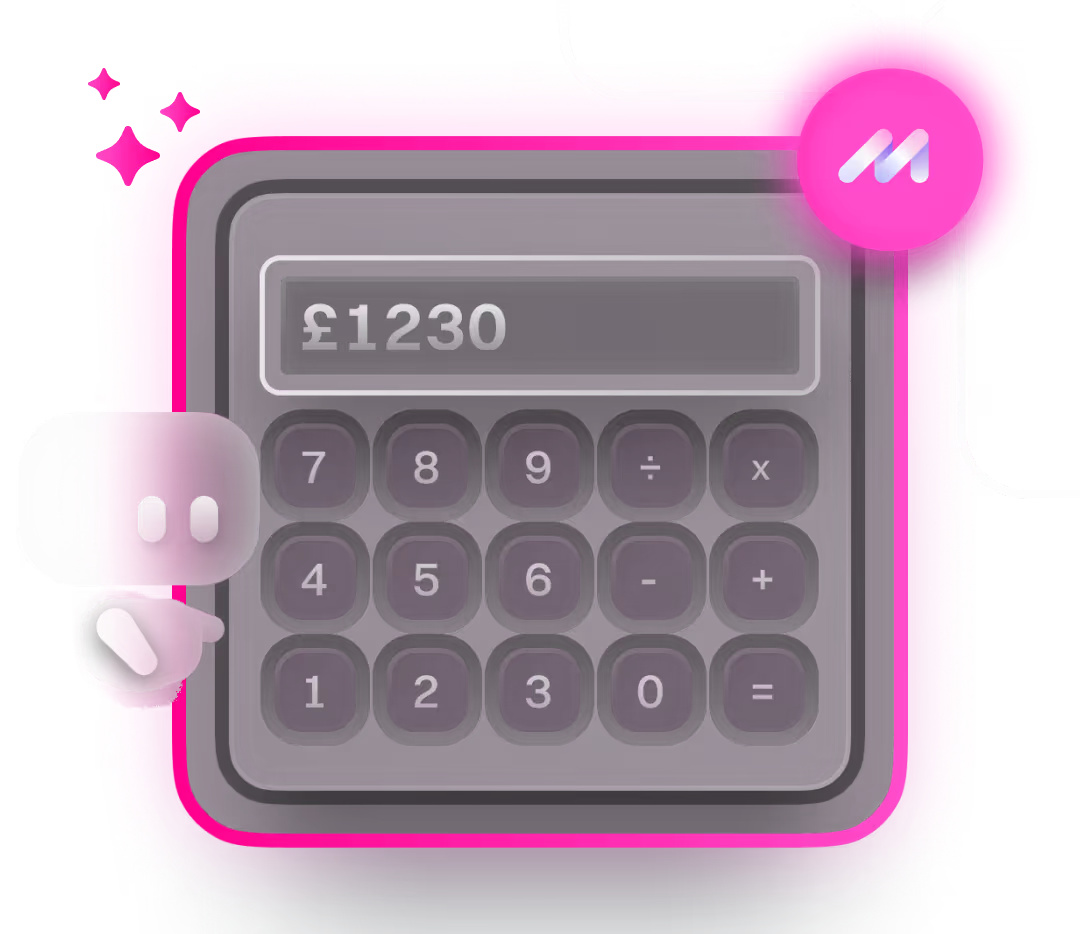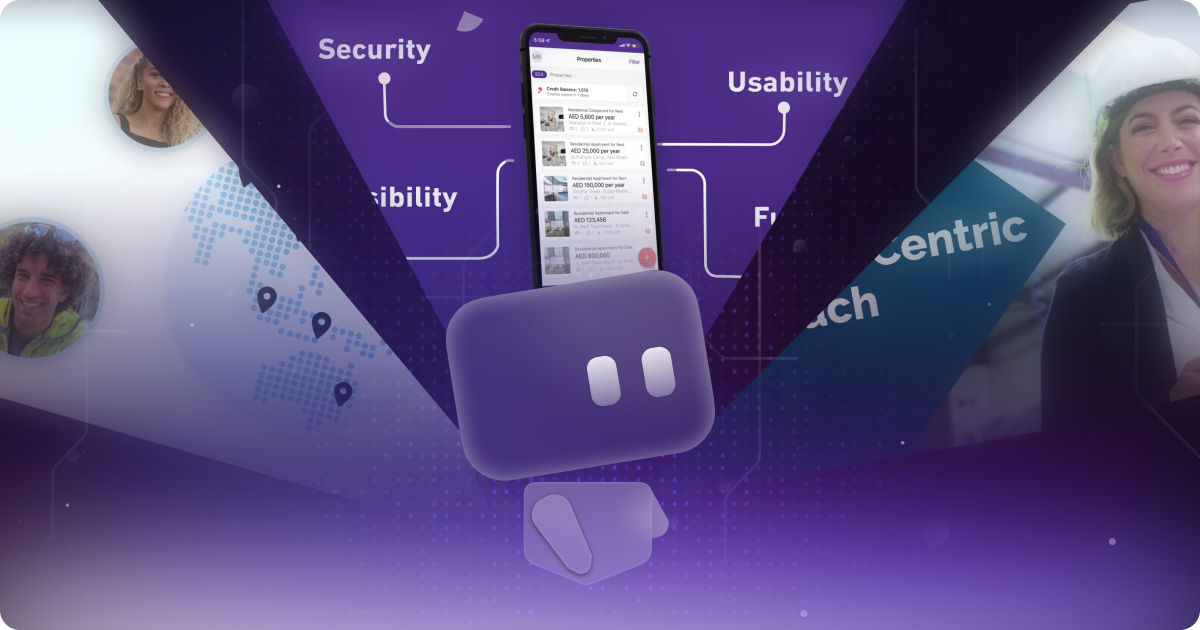How to Create High-Impact Training Videos for Your Company


table of content
Key takeaways
- Purpose of Training Videos: Training videos educate, not promote. They’re structured like lessons, focusing on explaining and demonstrating skills, product usage, and performance improvement.
- Target Audiences: Tailored to employees, partners, or clients, training videos are niche and focused, designed to reach the right audience effectively.
- Benefits of Video for Training: Training videos are scalable and efficient, allowing consistent, repeatable learning. They also let users revisit content for better retention and fewer mistakes.
- How Motion The Agency Approaches Training Videos: We treat training videos as modular content, keeping in mind the audience’s prior knowledge. Our process includes:
- Planning & scripting: Clear, concise messaging.
- Preparation & setup: Organizing assets for production.
- Storyboarding: Mapping out visuals and scenes.
- Production & revisions: Refining the video with client feedback.
What is "training video"?
So, you probably came across this blog because you are trying to find out more about training videos and what they entails. Well, you have clicked on the right link. We are Motion The Agency. We have had years of experience in creating training videos, whether it's targeted towards employees, partners, or even in some cases, clients.
Well, first things first, we need to understand that although there is a type of training video that is a part of a marketing campaign, it is important to understand that its main goal and purpose is different from general marketing or social media content. The content is structured like a lesson, not a promo. The video explains, demonstrates, and then often recaps or adds a quiz. This makes training videos quite distinct from other content types.
Another thing that we need to keep in mind is that the video style is quite different from any other type of video. In this case, we are not talking about animation, live-action style. What we are talking about here is how the message is being delivered. Training videos are usually step-by-step, detailed, and often a bit slower. They use screen recordings, walkthroughs, examples, quizzes, and checklists. The focus is on clarity, accuracy, and practice.
So, does that mean the creation process is also different?
Well, yes and no. In some projects, the way we approach training videos tends to be more detailed and involves more client feedback than other types, especially if the targeted audience is their internal team. In this blog, we will talk about how our workflow shifts for training videos.
Why do companies use video for their training?
In our other blog, “Training Video Explained,” we talked about how there are a few different types of training videos depending on who they are for. Some are made for clients or customers, some are for internal teams, and others are created for company partners.
And honestly, after working on a lot of training videos, we’ve noticed something pretty clear. Compared to other types of content, training videos usually have a very specific audience. They are niche on purpose, which actually helps the content stay focused and reach the people who really need it.
So, back to the main question: why use video for training at all? Especially if the content is niche and you might need different versions for slightly different situations. It can sound a bit repetitive at first.
The simple answer is that training videos make it much easier to teach the same thing again and again without wasting time. They speed up the process, reduce mistakes, and keep the information consistent for everyone. Instead of just giving people a list of steps, you can walk them through real examples and let them see how things actually work. And once the video exists, anyone can rewatch it whenever they need a refresher, instead of asking the same questions over and over.
Types of training videos
This next part is a quick rundown of the different types of training videos we touched on in our blog,“Motion’s Guide to Training Video Production”. We want to acknowledge that there are a bunch of different kinds of training videos out there. While we’re total pros when it comes to motion design and animation, not every training video falls under our usual expertise. But hey, let’s dive into it!
- Screencast – Screen recording with a voice-over (maybe a face cam too). Perfect for software demos and showing people how to get things done step-by-step.
- Talking head video – A person talking to the camera. Great if you want to keep things personal and relatable, like replacing in-person training but still keeping that human touch.
- Animation – Using text, icons, and graphics instead of real footage. Ideal when you want to avoid filming people and need something easy to adapt across languages.
- Scenario videos – Role-play or hypothetical situations that teach soft skills like sales conversations or customer support responses. It’s all about real-world practice.
- How-to videos – Step-by-step guides showing how to solve problems. Think YouTube tutorials, perfect for content that teaches or solves a specific issue.
How Motion The Agency creates impactful training videos
Now, let’s dive into the main part of this blog: How do we create an impactful training video? Well, before we answer that, it’s important to acknowledge that there’s no one-size-fits-all approach when it comes to creating training videos. The process can vary depending on the style of the video and how you want to approach it. In this blog, we’ll focus on how we, as an animation-first agency, approach creating training videos.
Training videos are usually for internal use, so we end up collaborating closely with our clients to ensure everything we create meets their needs. We begin by figuring out which industry they’re in and the type of training video they need, whether it’s for health and safety, compliance, onboarding, or something else entirely.
From there, we tailor each video to the company and the specific module they want to teach. This ensures that every video becomes an investment in their team's growth. To keep things engaging, we use drawings and animations to visually explain how things work. This approach grabs attention much better than static slides and makes the training content more memorable.
We believe that training videos are where content engagement meets education. For us, the approach may evolve over time, but the core of our workflow remains consistent. Here’s a breakdown of how we create impactful training videos:
- Plan and Script
- Everything starts here. First, we clarify the goal of the video and the key messages we want to communicate. It’s crucial to understand the purpose, whether it’s training employees, educating clients, or anything in between. Once we have a clear vision, we write a short, focused script that gets straight to the point. We refine it through multiple edits to make sure the message is clear, engaging, and concise.
- Prepare and Set Up
- Once the script is locked in, we get all the materials we need ready for production. This includes gathering slides, images, demos, and other assets that will bring the video to life. The goal here is to stay organized so the production process flows smoothly without last-minute scrambles.
- Storyboard
- In this step, we break the script down visually. The storyboard maps out what each part of the video will look like, including visuals, animations, and transitions. It’s our way of planning the video scene by scene, so we know exactly how everything will come together before diving into production.
- Production and Revisions
- Now it’s time to bring the storyboard to life. We produce the video, incorporating all the animations, visuals, and effects that make it engaging and informative. Once the initial video is ready, we send it to the client for feedback. This is where revisions come in. We refine the video based on their input until it’s perfect and fully aligned with their vision. The goal is to ensure the final product is exactly what they need.
What makes a training video engaging, not just correct
Throughout this blog, we’ve mentioned several times that our approach to training video content is a bit different. In this section, we’ll explain why. Essentially, when creating a training video, we treat it like a module, meaning we keep in mind that the audience already has some foundational knowledge. This is unlike a marketing video, where the target audience might not even realize they need the product yet.
Now, here’s the interesting part. Without even realizing it at first, the way we approach our training video projects actually aligns with scientific research. Mayer (2009), quoted from the Columbia University website, found that multimedia content that does not directly contribute to learning or delivering new information leads to cognitive overload, causing the information to disappear. This means that for training videos, making the content easy to understand and digestible is the most important priority.

Learners process information through two channels: ears and eyes. The first channel, words, reaches the ears through spoken narration, while the second, pictures, engages the eyes through graphics, animation, UI elements, and text. By combining both channels, training videos can enhance understanding and retention, making the learning experience more effective.
Take the video we have above, for example. The narration and visuals support one another, and all the information our client wants to deliver is presented in an easy-to-digest way, making it simple for the audience to follow along. As we’ve mentioned, we create training videos with the understanding that the audience already has some prior knowledge of the topic (except for onboarding videos). So, during the script creation process, we make sure to suggest that our clients get straight to the point. The audience already has schemas, experiences, and concepts stored in long-term memory, and by integrating new information, they can connect verbal and visual content with what they already know.
When the integration of both auditory and visual elements works well, the new understanding is stored in long-term memory, rather than just being remembered for a few minutes. This is why clear visuals, simple scripting, and a clean structure are so crucial in training videos. By presenting information in a straightforward and engaging way, you increase the chances of it sticking with the learner for the long haul.
Conclusion
Training videos are not just “another content piece.” They sit at the intersection of education and communication, playing a crucial role in helping people learn specific skills, use products correctly, and perform better at work. Unlike traditional training methods, videos offer a scalable and efficient way to deliver information to a broad audience. When designed with clear goals, the right format, and a deep focus on how people actually learn, training videos can become one of the most powerful tools in your training and development toolkit.
By integrating visual and auditory elements, training videos cater to different learning styles and ensure that information is both engaging and memorable. Whether you’re training new employees, up-skilling your team, or helping customers get the most out of your product, training videos can streamline the process and significantly improve retention rates. The key is in creating content that is relevant, to the point, and designed to be easily understood and applied in real-world scenarios.
If you’re ready to take your training to the next level with engaging and effective videos, check out our Training Video Services or book a call today. Let’s work together to create tailored, impactful training solutions that truly resonate with your audience
FAQ



Contact Us
Ready to elevate your brand? Contact us for your
Free Custom Video Sample














